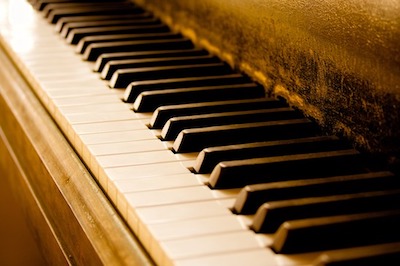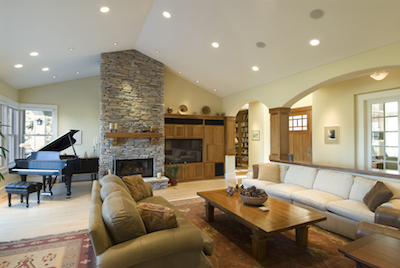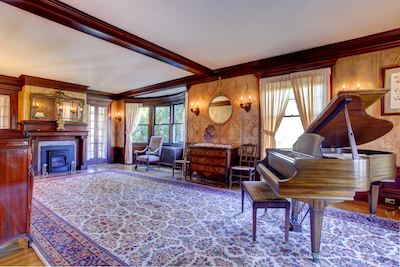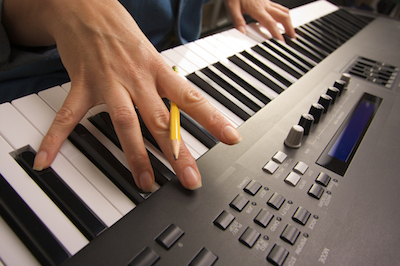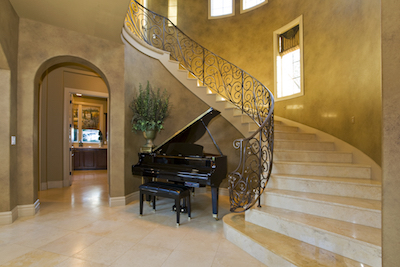What makes your piano work?
Some might say it’s the piano player who presses the right keys in the right order.
Others might get into the mechanics, describing the way the hammers meet the strings.
In reality, both are right to some degree.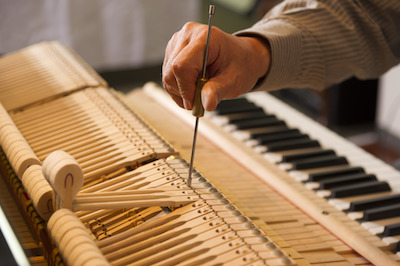
A piano is a sophisticated instrument built with thousands of parts. And if one of those parts isn’t working correctly or is substandard at best, the final product – the music – isn’t going to be its best.
That’s where piano tuning comes into play. Piano tuning is the science of ensuring all working parts are operating together. But more importantly, it’s also an art form to ensure each tone sounds good with the other.
That’s something you can’t get when you sit down at the piano for the first time. It’s something a good piano tuner develops over years of practice.
Imagine sitting down at a computer and making a change to one note. That one change didn’t just impact the tone of that one note, it impacted the way the piano creates music altogether. Because if that note is now not congruent with the others, it will sound “off”.
Which means that every time one change is performed, the same thing needs to be done 88 separate times to ensure every key on the piano is impacted the same way. Every key on the piano is an independent machine, coming together to create a beautiful sound.
Ant that’s the challenge. That’s where art form comes into play.
It takes gluing fabric into place, fitting tiny cork stoppers into tiny wooden holes, using tweezers to slip tiny pieces of paper into place, sanding just enough, turning tiny screws you can barely see, working in tight places with intricate tools and very large fingers – it’s the fine details that matter most.
And all of this doesn’t come naturally. It takes time to learn the best approach. It takes practice to get it all right.
But if you do, the sound of music it produces, in the end, is simply superb.
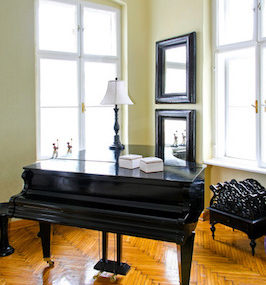
 Baldwin
Baldwin